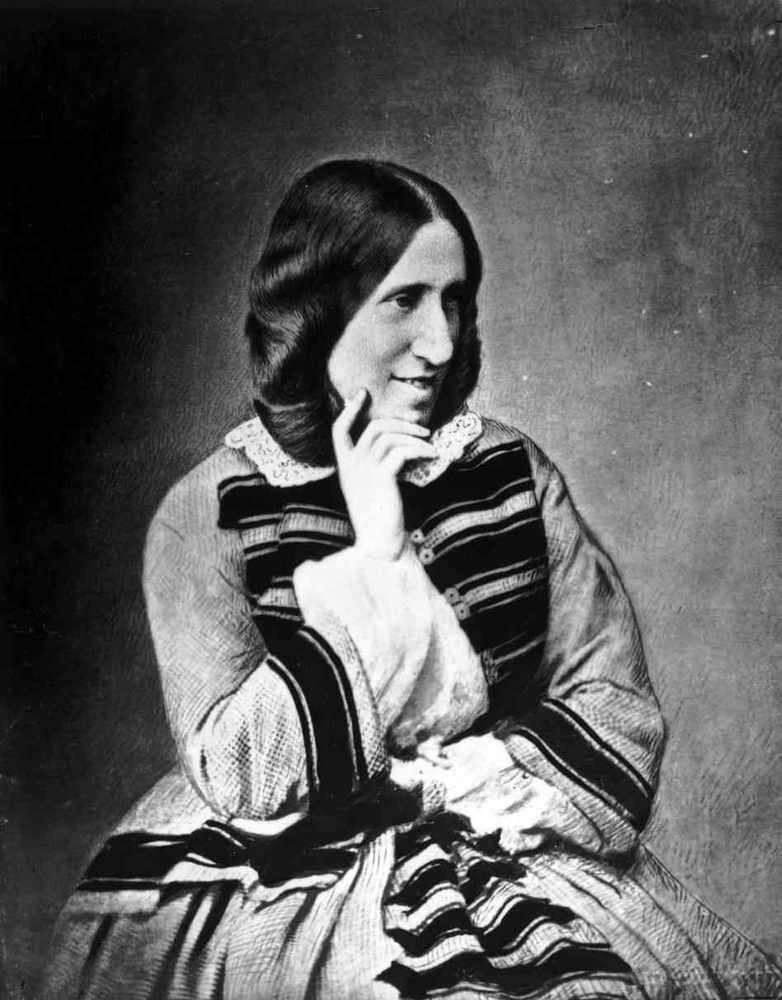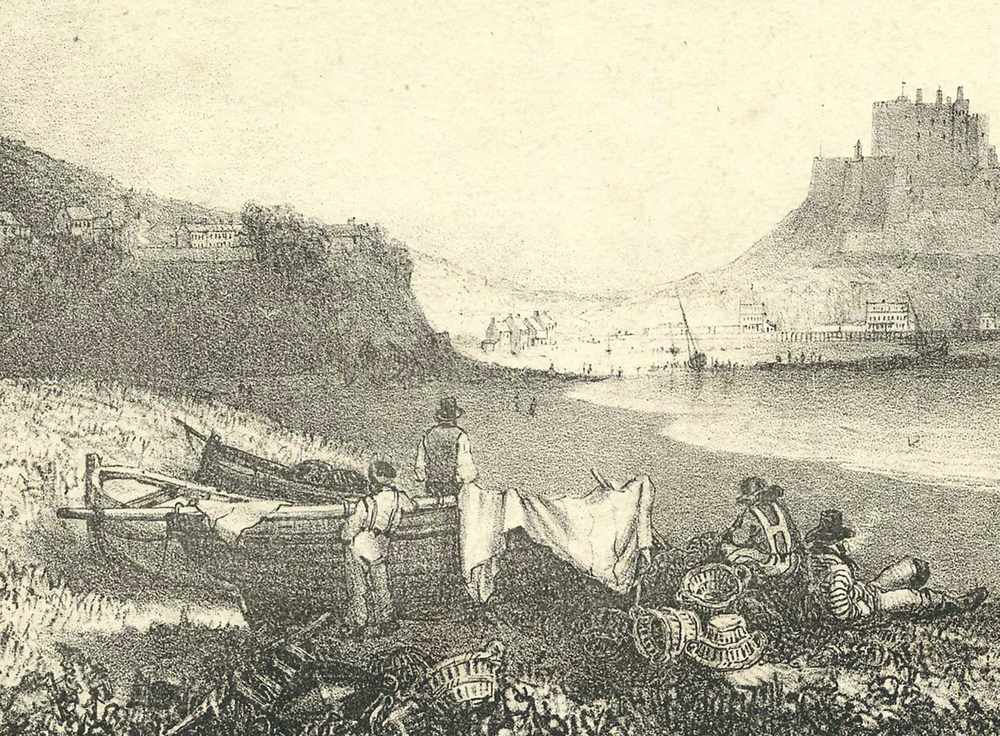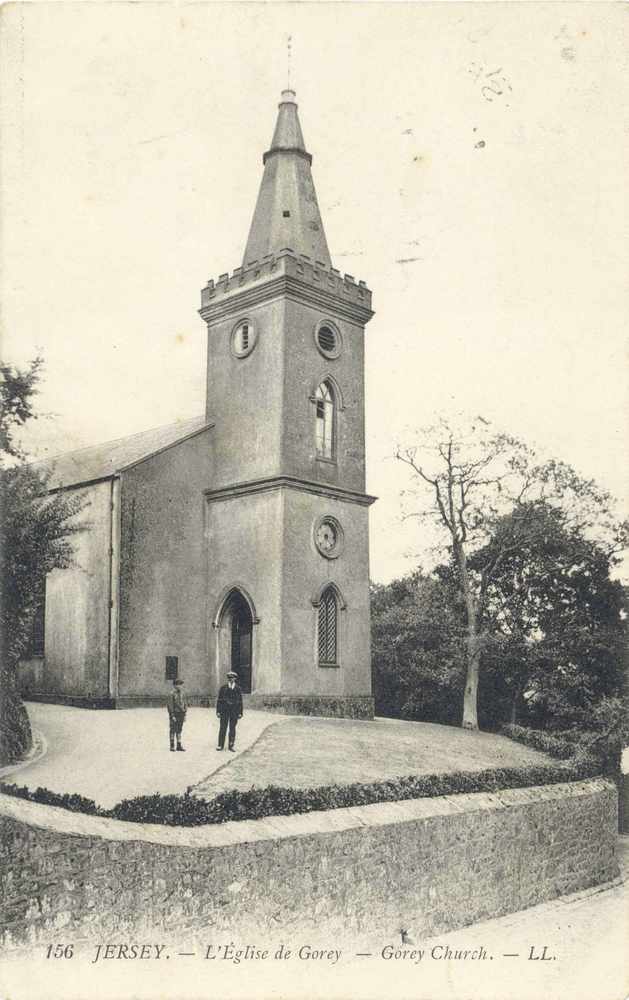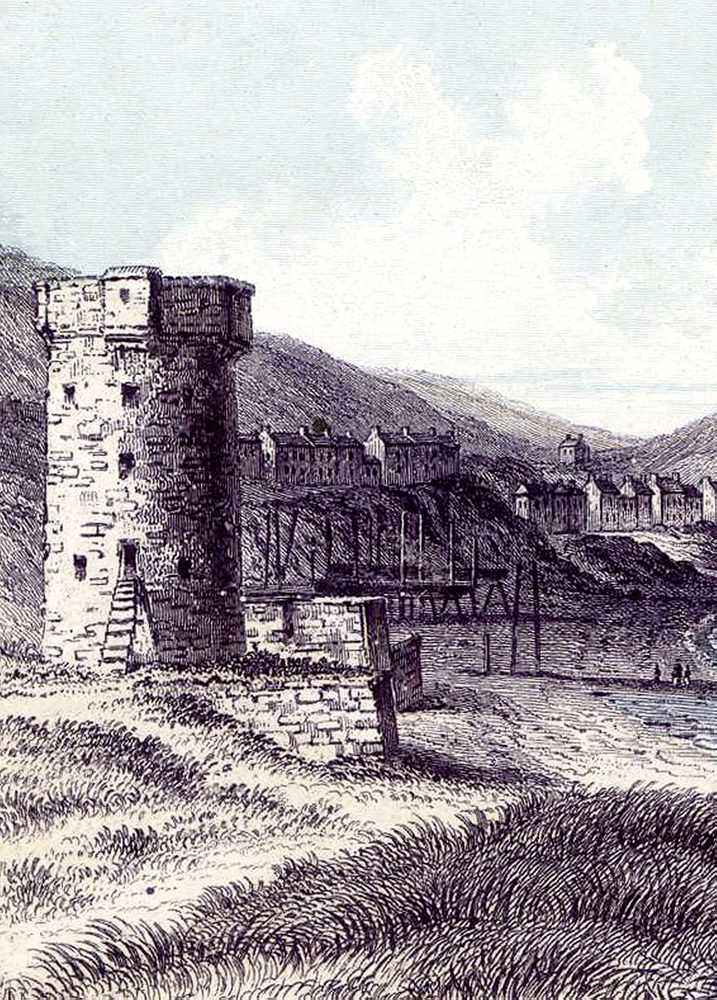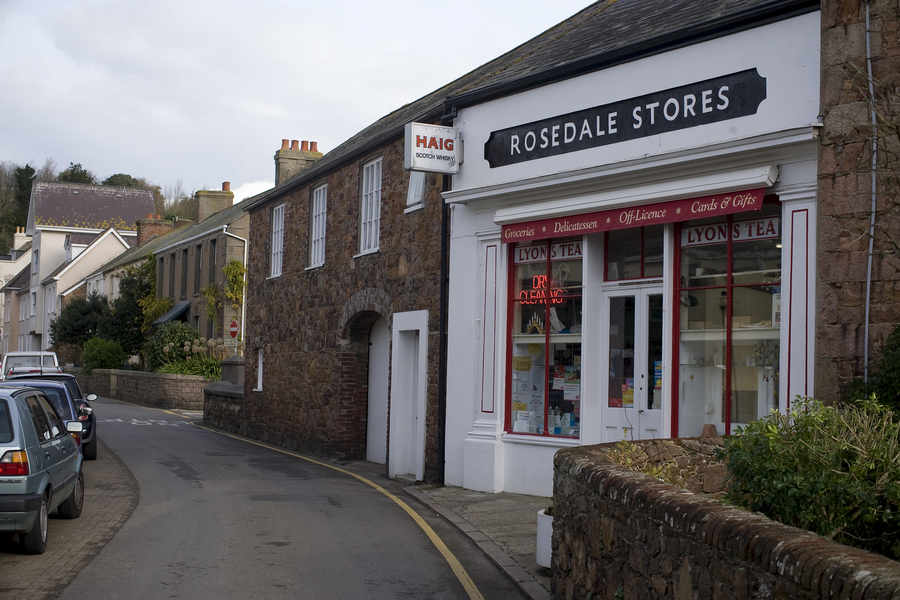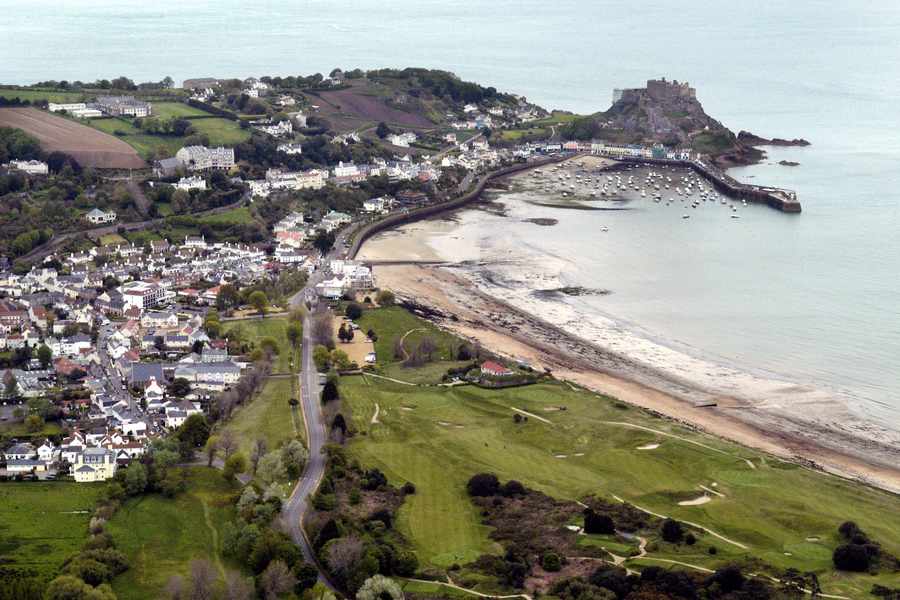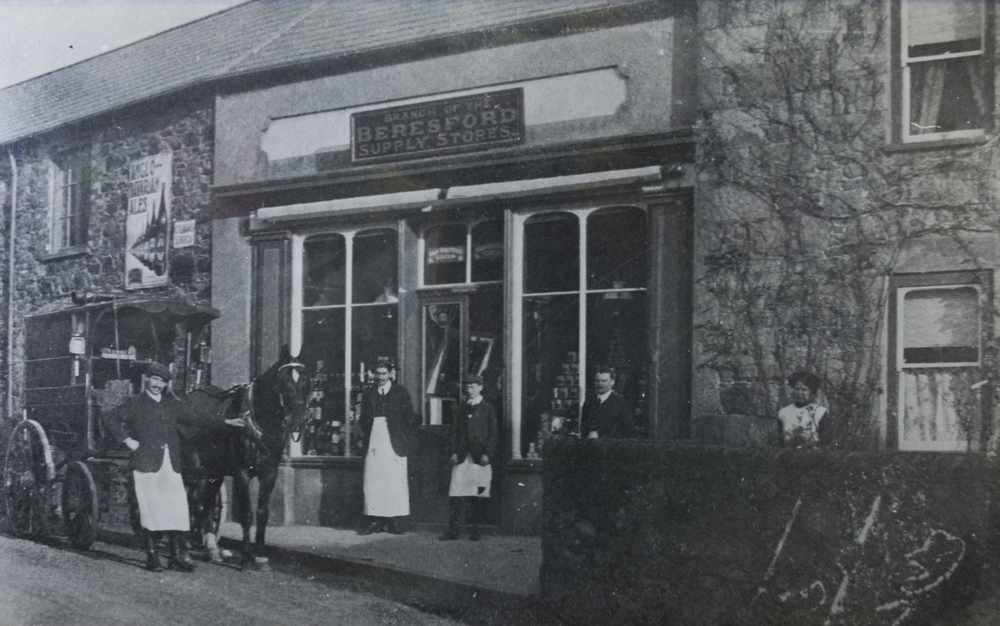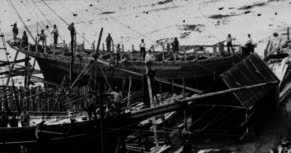Historian Doug Ford continues his series on the Islands coastline with Gorey Village
THE earliest reference to the place we now know as Gorey came in 1180 when it was called Gorroic.
This may come from the Viking words ‘vorr’ – a landing place, and ‘vic’ – a bay or creek, or the Breton word ‘gorre’, which means an eminence.
It has no link whatsoever with the old trading fort of Gorée in Senegal – that was named after a small Dutch island off the coast of Zeeland.
The modern spelling of Gorey only appears in 1789.
The village we know only really appeared in the years following the end of the Napoleonic War when the population of the Island mushroomed.
Before the French Revolution there had only been 16 properties in the area.
The village grew because it was the ideal site for the growing number of men earning a living from the sea as fishermen and sailors and so two small roads of houses were built on the low land behind the Common beyond the marsh.
It was to this place that, in the summer of 1832, some of the poorer people from St Helier fled to avoid the outbreak of cholera.
However, the disease followed them.
On 24 August, just over two weeks after the first cases in Town, the first of over a dozen people from the village had died of the disease.
It has often been claimed that the village grew because of the oyster industry but this is a simplification because the oyster season only really lasted about ten weeks and the crews of the English boats lived on board.
The local fishermen, however, were active throughout the year and oysters were only one of the catches they went after.
As the village grew it attracted a number of seamen and their families and in the late 1840s increasing numbers of men involved in ship building.
The better-off residents favoured homes on the higher ground.
The village must have been a busy place because until the coast road was built in 1938, all traffic to the harbour had to pass through the village. Even the track of the coast road didn’t exist until the late 1880s.
By then the ship-building boom was over and the railway company was able to buy the land where the yards had been and reclaim some of the foreshore so that the line could be extended as far as the Pier.
St Martins Gouray
Many of the newcomers who moved to the village in the 19th century were English speakers and so a Chapel of Ease, St Martin’s Gouray, was built in 1833 to meet their spiritual needs.
The Church tried to levy a tithe on the oystermen to pay for the building and maintenance of the new church but got short shrift as most of the English fishermen were non-conformists.
George Eliot
In the summer of 1857 the writer Mary Ann Evans, better known as George Elliot (1819-1880), was living in Rose Cottage (now Les Houmets Nursing Home).
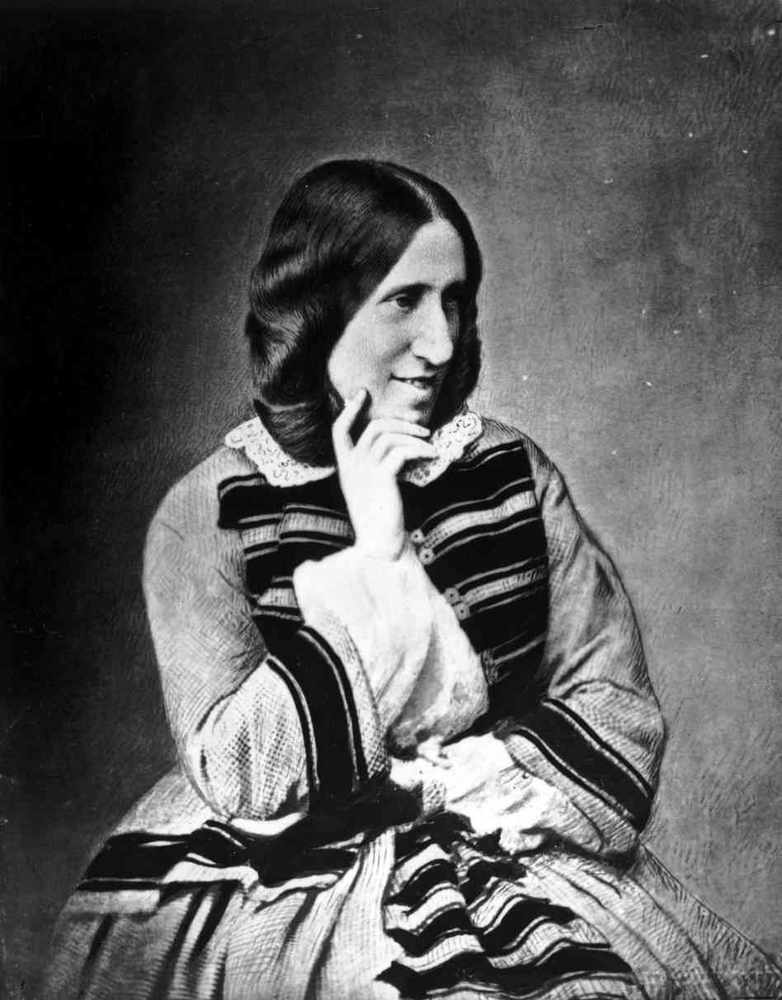
At the time of her stay, Elliot was still writing for publications such as Blackwood’s Magazine and The Westminster Review; her first novel was still a couple of years off.
She appears to have been taken with the village writing: ‘Gorey stands in Grouville Bay… It was pretty in all lights but especially the evening light, to look round at the castle & harbour, the village & scattered dwellings peeping out from among trees on the hill… the church standing halfway down the hill, which is clothed with a plantation – shelters the little village with a cloud of blue smoke: still to the right & the village breaks off, leaving nothing but meadows in front of the slope that shuts out the setting sun & lets you see a hint of the golden glory that is reflected in the pink eastern clouds.’
She failed to mention the activity along the the shoreline.
Gorey seems an unlikely spot for a major industrial site but the village was one of the centres of Jersey’s Industrial Revolution.
Shipyards producing cutters, coastal traders, schooners and brigs – about 150 vessels were built here in the 19th century.
One of the biggest vessels to be launched from the village was the 365-ton barque, Montrose.
She was built in 1861 by George Asplet for the London company of Scrutton, Sons and Company of London.
Tower No 8
In Jersey the Industrial Revolution took place on the beach.
The main ship builders were George Asplet, Charles Aubin, Philip Bellot and John F Picot. Picot was the most prolific.
He launched about 40 vessels from his yard just to the south of the slip and the Conway Tower.
This tower was referred to as Grouville No 8 even though it was actually situated in St Martin.
It was the sixth of General Conway’s coastal towers protecting Grouville Bay, but was given its misleading name because Fort Henry and the Prince William Redoubt on the Common were positions 6 and 7.
When it was demolished appears to be a bit of a mystery as the War Office issued orders for its demolition in May 1871 but it is marked on a plan drawn in 1877 by Colonel Bland of the Royal Engineers and the artist PJ Ouless shows it still standing in his painting of the Military Grand Review celebrating the Queen’s birthday in May 1882.
It was certainly gone by the time the railway was extended.
Following the demise of the railway in 1929 the site was sold off and a property called Brook House was built.
This later became the Beach Hotel and is now residential apartments.
Gorey village slip (La Montée des Grèves)
In 1858 local builders were invited to tender to build a drain and a slip by Mr William Le Brocq’s house.
The drain was necessary because the village was built on low-lying land and occasionally flooded.
